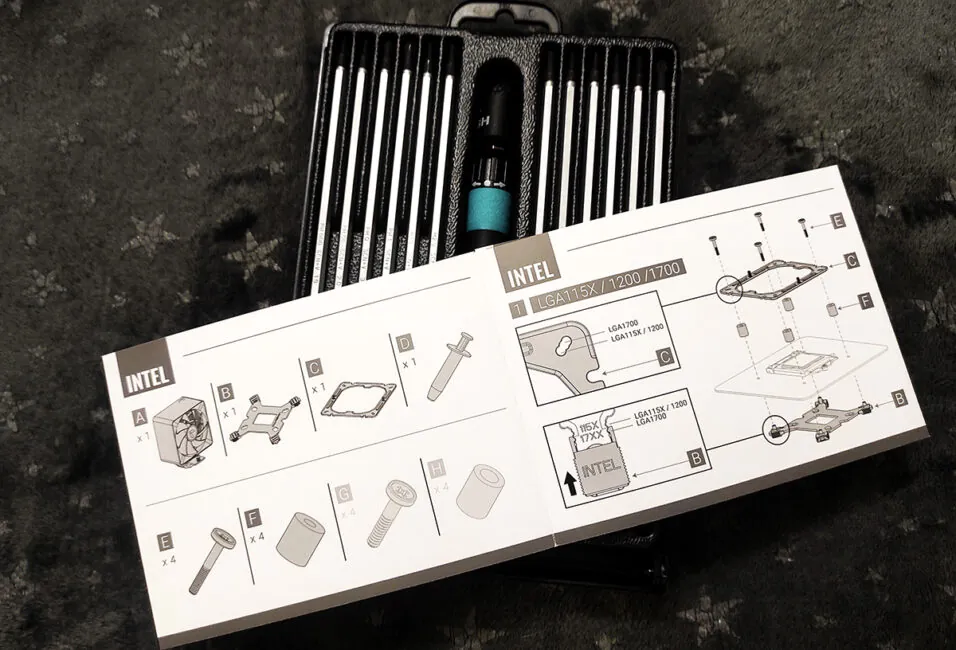© ROOT-NATION.com - Use of content is permitted with a backlink.
The world hasn’t seen beautiful CPU coolers for a long time. Don’t argue, as an engineer, I also appreciate the technological shapes of copper heat sink radiators. But for an artist, lawyer, or just an ordinary user, it’s just a piece of hardware that cools the processor. What I’m introducing to you today is truly elegant and modern, evoking positive emotions. It looks like an ordinary tower cooler but in a completely unique design. Our hero is the APNX AP1-V ARGB. And I suggest finding out together whether it’s as wonderful in reality as it looks.
Read also:
- Review of Goodram PX700 2TB SSD drive
- ASUS TUF Gaming M3 Gen II Review: Ultra-lightweight and versatile mouse
Specifications
- Radiator Material: Aluminum
- Base Material: Aluminum
- AMD Sockets: AM4, AM5
- Intel Sockets: LGA1150, LGA1155, LGA1156, LGA 1151, LGA 1200, LGA 1700
- Fan Size: 120 mm
- Fan Bearing Type: Hydrodynamic
- Maximum Fan Speed: 1800 rpm
- Maximum Airflow: 76 CFM
- Illumination: ARGB
- Dimensions: 128×92×157 mm
- Noise Level: 33 dB
Price and market positioning
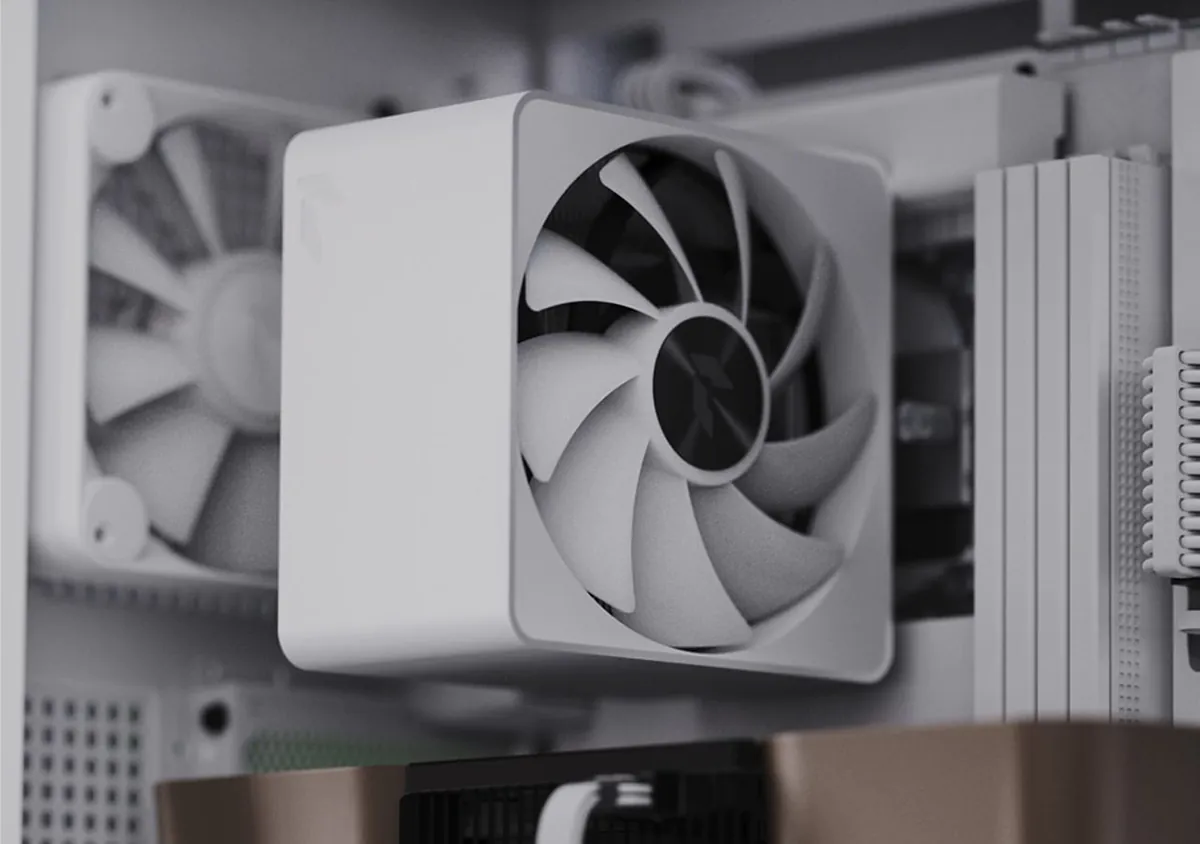
I’ll immediately mention the price – around $50. And this is surprisingly low for cooling with a TDP of 245W! Without further ado, let me provide you with a comparison table with competitors.

Surprised? I’m equally surprised. Alright, APNX is a young company, and it needs to carve out a place in the market somehow. As for its application sphere – it’s incredibly diverse. The cooler’s versatility is top-notch. With support for any modern socket available and a thoughtful design that allows for installation without interfering with the RAM, it’s quite impressive. Moreover, the reasonable dimensions of the entire system will come in handy during its installation in various types of cases.
I almost forgot to mention the lighting. It’s here, and it’s ARGB. So, the AP1-V is fully capable of accentuating the sophistication of your gaming setup.
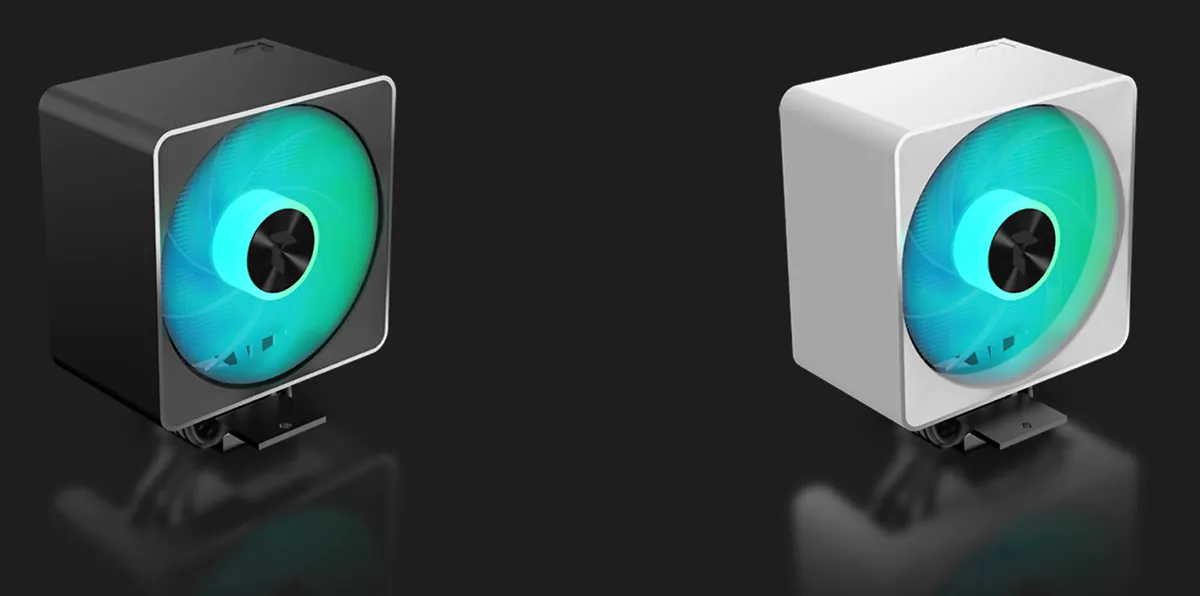
Package contents of APNX AP1-V ARGB
As usual, I begin my acquaintance with APNX with the box. Everything is just the way I like it – you look at the packaging and you have an idea of the product. A colorful image of the cooler on one side and detailed technical specifications on the other. Beautiful, concise, and informative.
Read also:
Upon opening the flap, I was pleasantly surprised. Because the first thing that greeted me was the manual. This is great and this is right. It’s as if the AP1-V welcomes you and suggests starting the acquaintance with the manual.
 The manual itself is very well done. Thick paper and excellent print quality mean you won’t have to strain your eyes to read the markings. Overall, the manual is incredibly informative. It details and illustrates everything you need, from the number of fasteners to positioning on the motherboard.
The manual itself is very well done. Thick paper and excellent print quality mean you won’t have to strain your eyes to read the markings. Overall, the manual is incredibly informative. It details and illustrates everything you need, from the number of fasteners to positioning on the motherboard.
I’ll show you the cooler itself a bit later; for now, pay attention to the accessory box. The brackets for Intel and AMD sockets, screws, and washers are carefully packed into individually labeled packets (you won’t get confused). And equally important – thermal paste! It comes with a spoon. I really appreciate it when they include it separately rather than applying it to the radiator’s base at the factory. After all, the method of applying thermal paste is a matter of personal preference. Let everyone do it as they please.
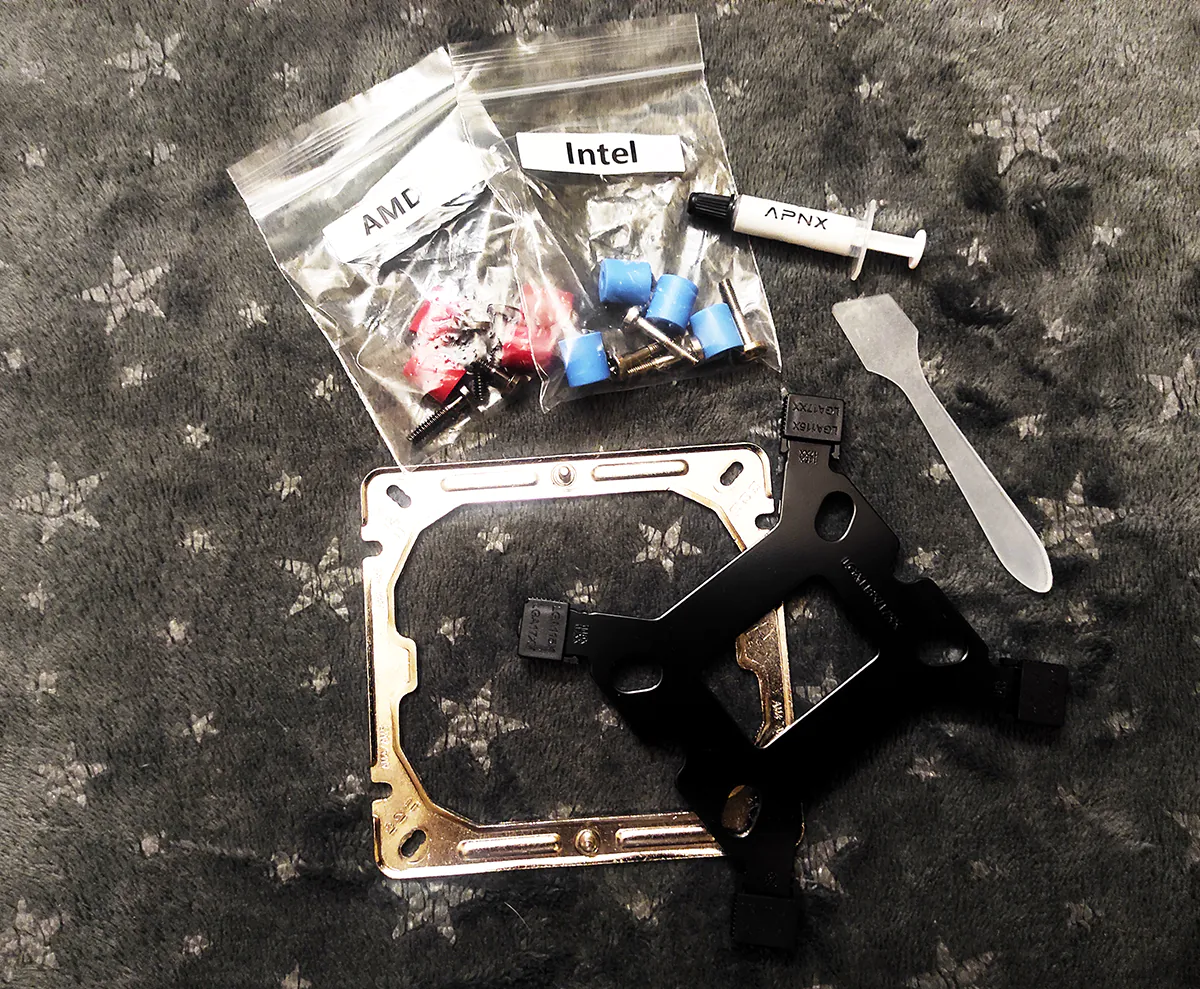
Key features and design
Well, it’s time to delve into the unique design features of the cooler and see if there are many innovative solutions. Let’s start with the main aspect – the form factor. The APNX AP1-V ARGB is a standard tower-type cooler, which is cooled by a single fan. The radiator is aluminum, with a typical, time-tested design featuring classic parallel fins. Heat transfer occurs from the aluminum base through five copper heat pipes with a diameter of 6 mm.
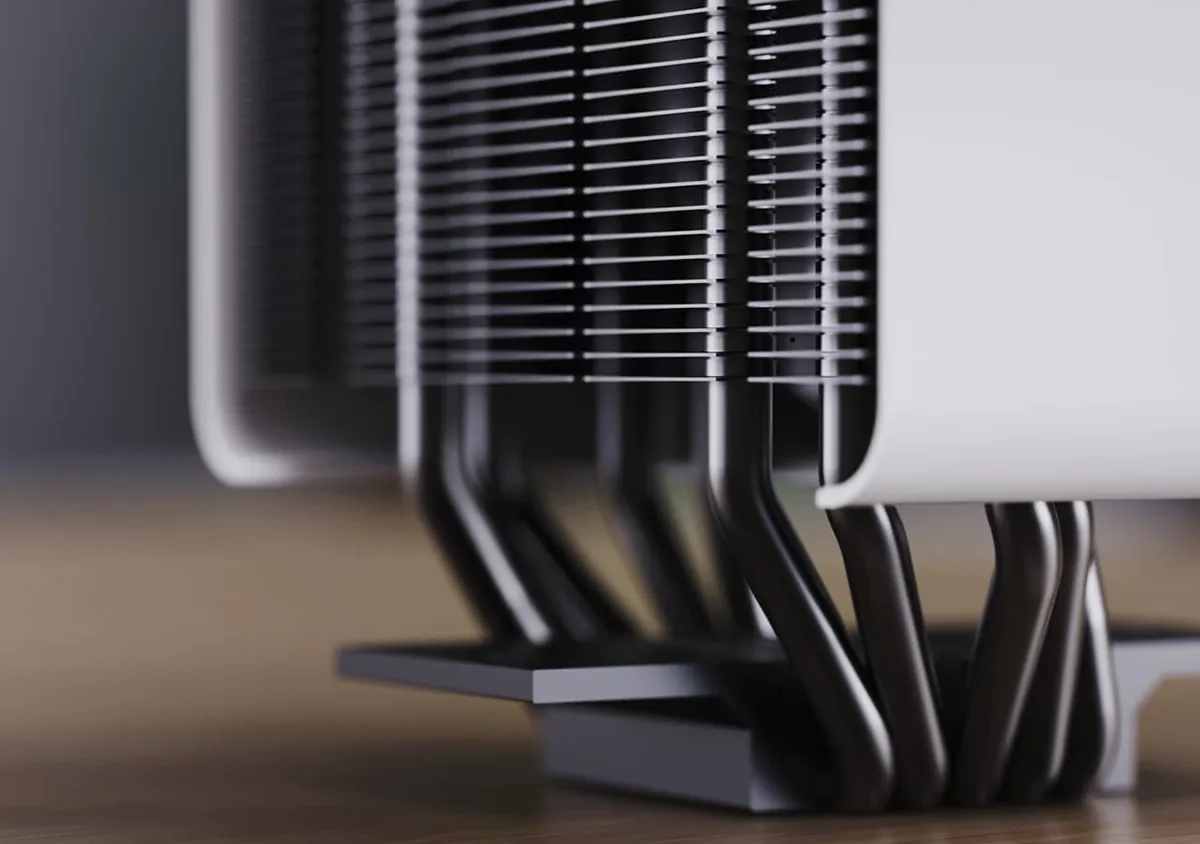
But the devil is in the details, and one of such pleasant features is the fan design. The most common 120mm fan, skillfully executed and positioned in the right place, is capable of performing wonders. To ensure quiet and smooth operation, it is equipped with a high-quality hydrodynamic bearing, with a lifespan of 80,000 hours.
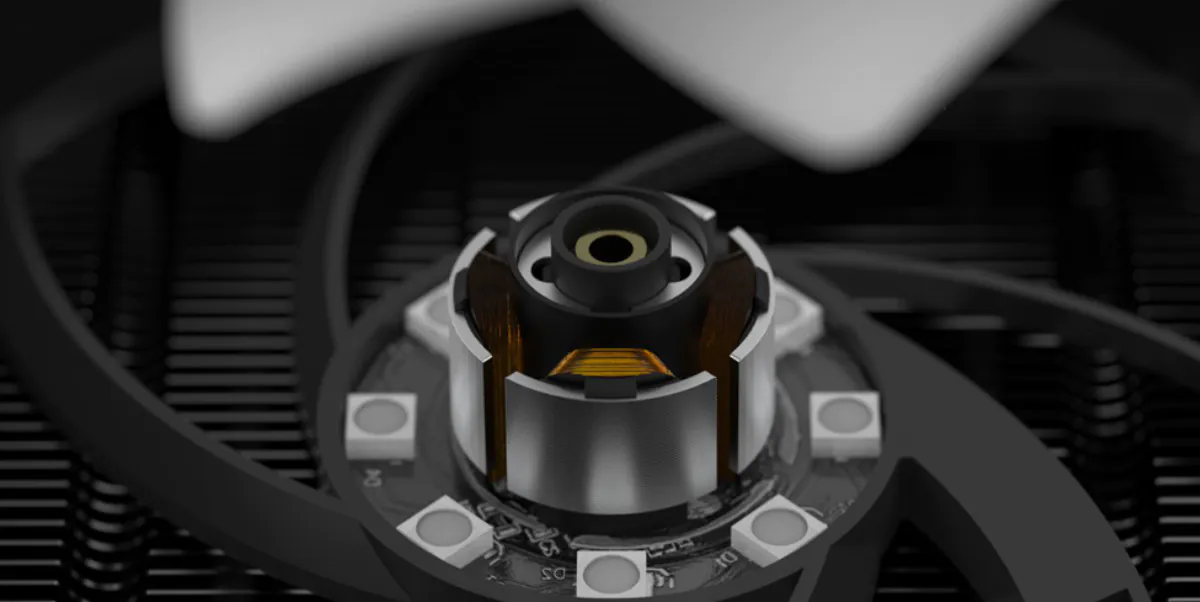
But the most unusual and interesting feature is the stationary plastic blades behind the fan. They are directed in the opposite direction to the main fan blades. This solution increases the overall cooler’s efficiency by better dispersing airflow between the radiator fins. It creates a controlled vortex that effectively blows away the processor’s heat.
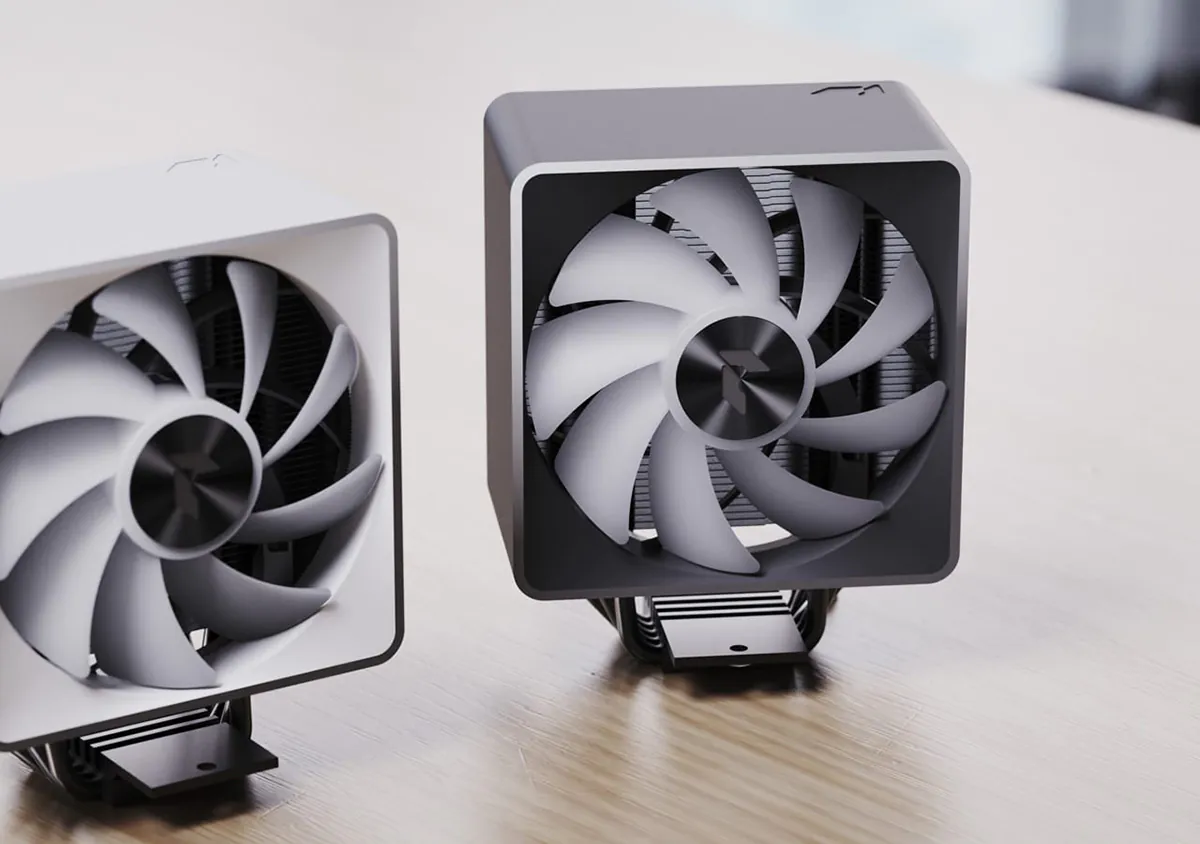
Now it’s time to express my opinion on the detail of the AP1-V that stands out the most. Of course, I’m talking about the shroud, which gives the cooler its striking appearance. Well, this feature isn’t just for aesthetics. The functionality of the shroud is immense. It’s not made of plastic but of the same aluminum as the main structure. The hot streams bursting from the edges of the radiator cells no longer dissipate chaotically inside the case. Everything is controlledly vented beyond the system unit thanks to the enclosed design, and the shroud absorbs the excess heat. Its area is quite large, which is beneficial for even better cooling. Moreover, the cooler no longer heats up the memory or the already hot graphics card.
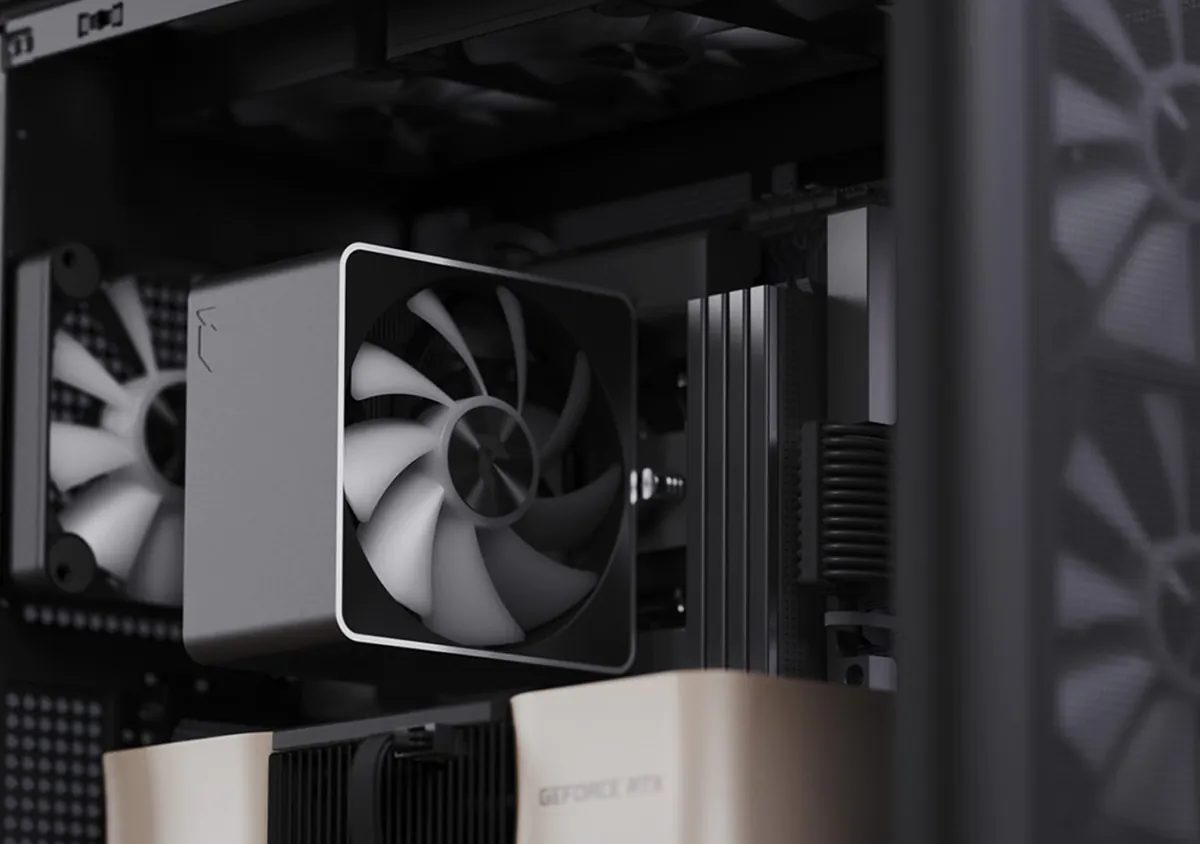
Read also:
- be quiet! Straight Power 12 1200W Review: Great PSU, unsettling trend
- ASUS TUF GAMING Z790-PRO WIFI Motherboard Review
Application area
The correct cooling system is essential for the health of your processor. It’s important not to be lazy and to choose the right cooler. With the appropriate device, you’ll get less noise, higher efficiency, better stability for your CPU, and an extended lifespan.
Now, the question is, which processors are ideal for the APNX AP1-V? The answer is simple – it’s perfect for many, as it has a TDP of a whopping 245W! Clearly, it’s not suitable for the latest Intel CPUs with unreal heat dissipation. However, CPUs up to around $200 are suitable for this cooler in easy mode. Instead of dwelling on it, let me show you my thoughts in the table.
And here’s one more thing: don’t forget about leaving a good margin of around 40% in terms of power for the cooler. It’ll save you both money and nerves in the long run.

Testing APNX AP1-V ARGB
So, we’ve smoothly transitioned from theory to practice. There’s been a lot of good said about the AP1-V, now it’s time to confirm these arguments in real operating conditions. The processor I’ve chosen – Intel Core i5-13600 – generates 154 watts of heat. Adding a 40% power reserve, I get a required cooler TDP of 216 watts. Well, I’ve almost guessed the load correctly. Now, I need to turn on the PC and wait for 1 hour to get the idle temperature. While the test bench is heating up, take a look at how nice the AP1-V ARGB looks in it.
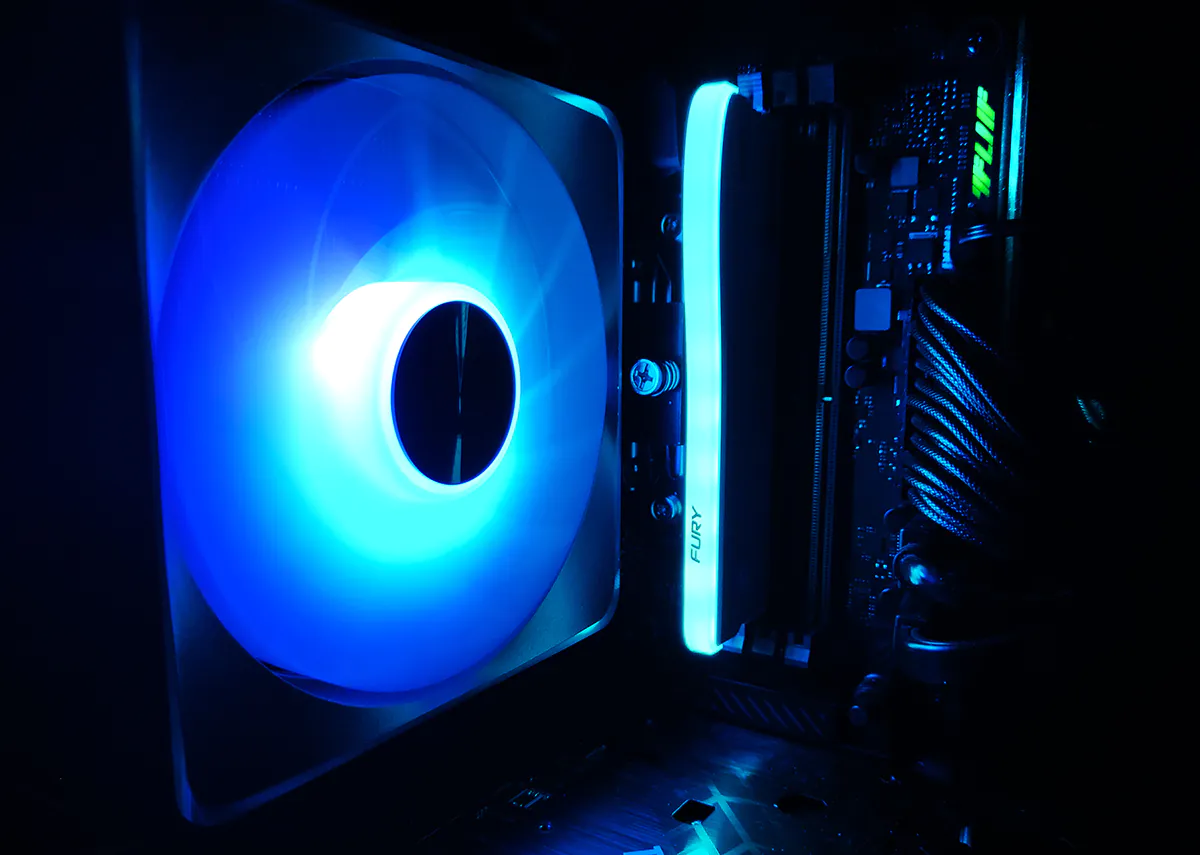
In my case, the starting temperature was 35°C, with a room temperature of 24°C.

Now, I’m applying maximum load to the processor for half an hour. The CPU heated up to 66°C, which is 31°C higher than the initial temperature.

Conclusions
Time to sum up. I’m not just satisfied with the cooler; I’m amazed at how technological and efficient the device turned out to be for such low cost considering its characteristics. The design is well thought out, the execution is high quality, and it’s incredibly attractive. And it’s not just beautiful; it’s functional too. It’s a tech feast for an engineer’s eyes. Universally adaptable cooling made with love, evident in the details and components. I wholeheartedly recommend the APNX AP1-V ARGB without hesitation.
Read also:






